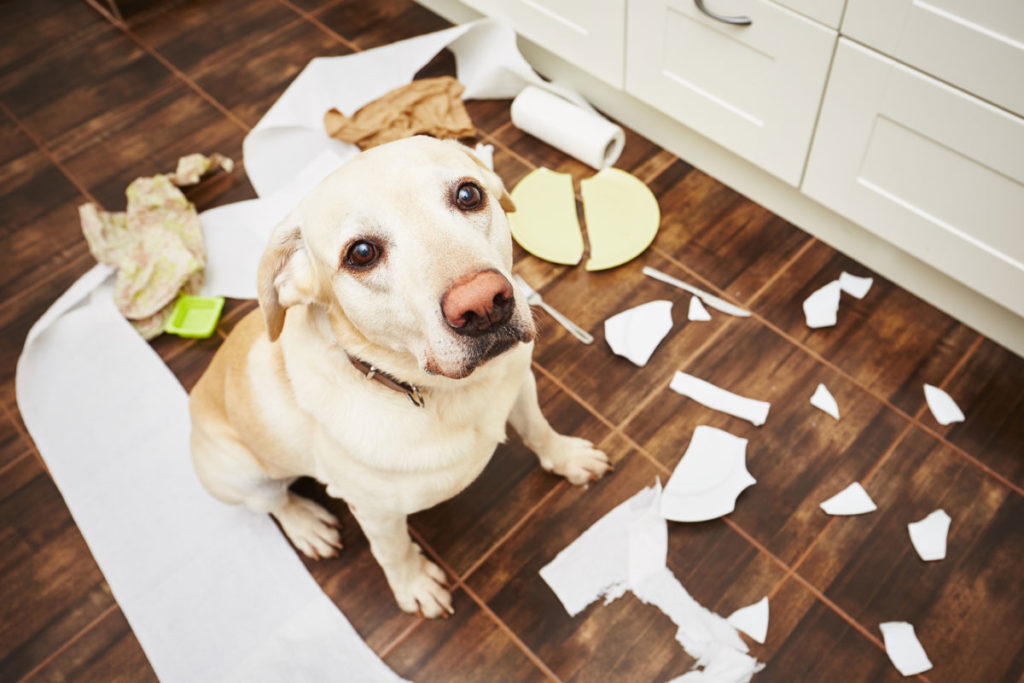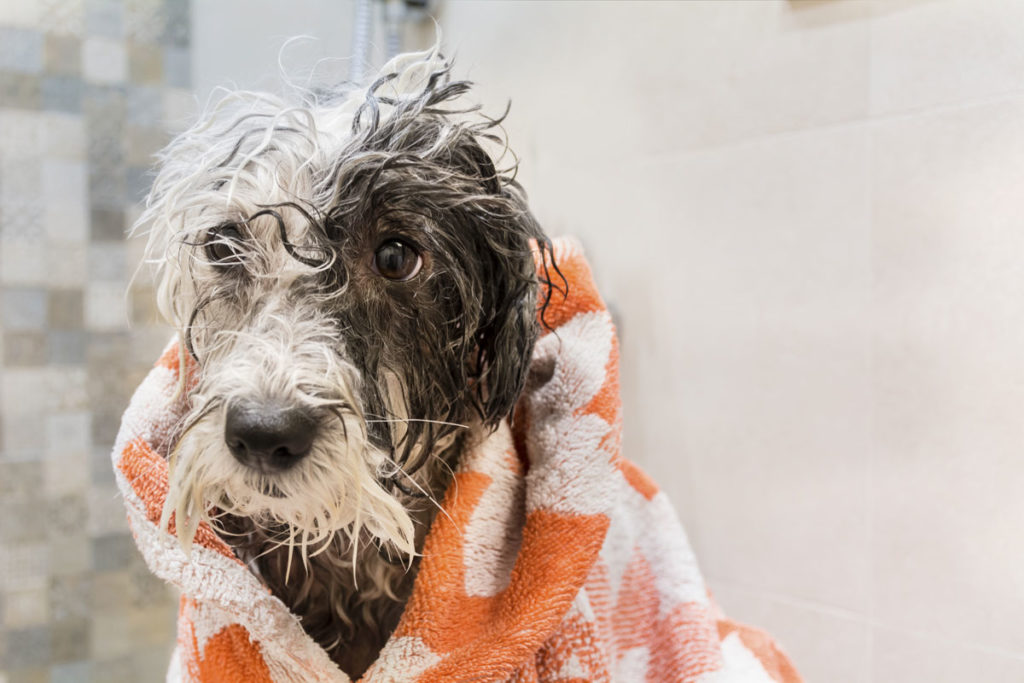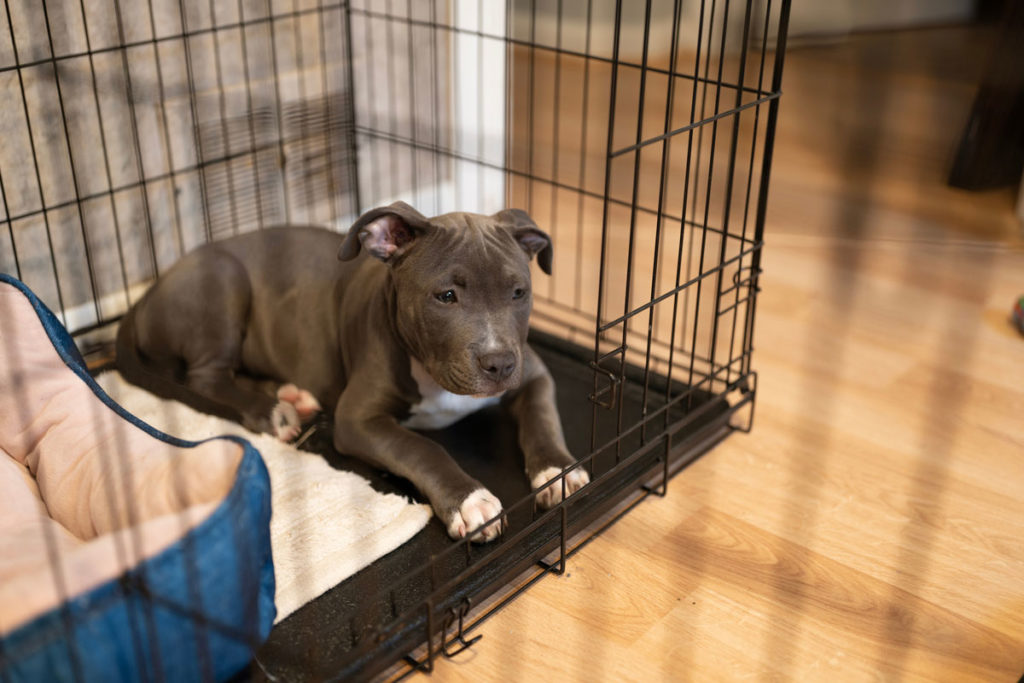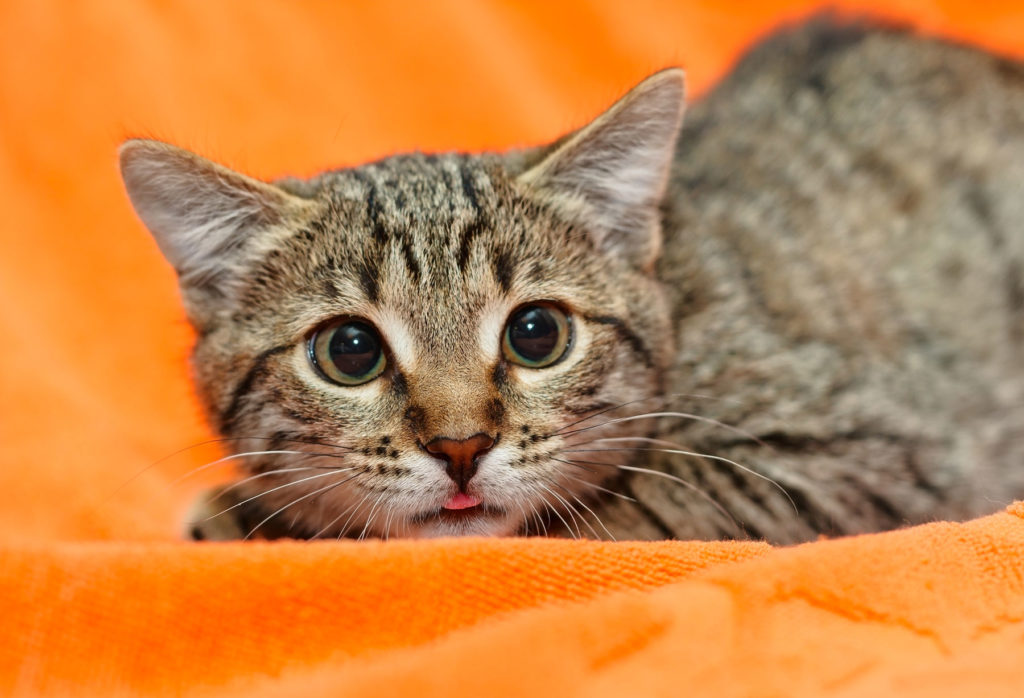No products in the cart.
Animal Welfare, Behavioral Issues In Pets
Reducing Stress in Pets – And Why Your Pet May Be More Stressed Than You Think Right Now.
The current cloud we are all living under caused by the Coronavirus pandemic has a silver lining for many of us, in that it is allowing us to spend more time with those we love – including our pets. However, while most dogs love nothing more than to be chasing balls on their fourth walk of the day and many cats can’t wait to snuggle with pet parents miraculously home all day, for some pets used to more regular routines and serious alone time, the sudden reality of 24/7 ‘activity’ could be nerve-racking, even catastrophic, especially if there are small children in the home.
Or maybe restrictions are being relaxed where you live and you’ll soon be heading back to work? Separation anxiety is another stress factor that could have your pet on edge. Read on to find out more.
How do you know if your pet is stressed?
Your pet’s behavior is the best indicator that they are suffering from anxiety or stress. They tell us a lot by their actions, their physiological responses, and sometimes by the “evidence” you may find around the house, or shreds of evidence if your pet has destructive manifestations of his or her anxiety.
Stressed dogs can startle, jumping at the slightest sound or movement. Some shake and shiver, vocalise excessively or drool. Strangely, tense and upset dogs can also look depressed, whilst also possibly showing a lack of appetite or energy. At times they can get diarrhoea or urinate or defecate more often. And, of course, dogs can become uncharacteristically aggressive, snapping or growling when feeling the pressure.
Cats are more difficult to read, so you will have to look for more subtle signs. These could include overgrooming, which can not only lead to baldness but also to furballs (sometimes known as hairballs), increased vocalisation, lack of appetite or overeating , hiding or acting standoffish and, of course, suddenly ignoring their litter box or over use due to anxiety induced symptoms of cystitis.

What causes stress in pets?
Right now, there are many reasons that your pet may be feeling more stress than normal.
Pets pick up on our stress
As pet parents, we have always recognised that our pets are able to pick up on our moods, but apparently this is now backed up by science. And with the current global crisis, many of us are certainly under even more stress and feeling more anxious than normal. Many pets pick up on such emotions and our stress has many pets feeling the strain.
Lack of ‘alone’ time
Many pets, particularly cats, just love their own space. And even the most social dogs, who love us dearly and who cherish “together time”, also need time on their own. But right now, such alone time can be hard to come by. And if you’ve a busy household or there are young children in the house who ordinarily may be at school or day care, it can be enough to fray the nerves of even the most patient of pets.
A change in routine
Dogs and cats are creatures of habit and thrive on routine. They like to know when they are going to be fed, when to expect to be let out, when they might come back in and understand a pattern in everything in between. With many of our own daily routines experiencing upheaval, the routine that our pets previously enjoyed and rely upon is too. Regular activities such as visits to the dog groomer may have been put on hold, so maybe you’ve had to take hairy matters into your own hands, which in all reality is likely to make both of you more than a little nervous! Fortunately, this situation won’t last forever, but the first visits back to your vet or groomer are yet more stress factors that need to be considered and that your pet may need a little extra help to get through.

How to help reduce stress in your pet
As loving pet parents, we obviously want to help comfort and calm our animals as best we can and there are many ways that we can help to do this.
Routine
For both dogs and cats, the first step to take is to stick to a regular routine, just as you would do with a young child. Try to ensure that they get up at around the same time each day, are put down to sleep at around the same time, and that they have activities such as feeding times, outdoor times, play times and quiet times all regularly scheduled into their day, at times that they can rely upon.
Safe space
If you don’t have one already, choose and dedicate an area that will be your pet’s ‘safe space’ where they can feel safe and comfortable and get some much-needed alone time. This should be a place that your pet is already happy to retreat to and should become their own to rely upon when they would like to retreat.
Using pet gates and crates are also a great option. If a dog is crate trained, it can be very soothing for them to go back to their own special place, and the use of baby and pet gates or barriers are a great way to keep pets and children separated.
For cats, a safe space is place where the cat is able to retreat to where it cannot be seen by others in the house. Cats also need a safe place where they will not be disturbed while urinating, especially when there are more people at home all the time and so they may not be able to easily find safe “alone time” to urinate or defecate.
Positive reinforcement
When experiencing severe anxiety, dogs and cats may carry out fear-based or anxiety-based behaviors such as ripping up a magazine, chewing on furniture, or inappropriate peeing or pooping. But it is important to understand that punishing your pet for such behaviour will only add to their anxiety. Instead, use positive reinforcement techniques, such as making sure the litter tray is kept clean and providing treats when the cat does go in the litter box or the dog poops outside.
A little natural help
Another way that you can provide relief to a pet suffering from anxiety is through finding the right natural remedy that will calm and soothe and provide effective relief at times of elevated stress. At HomeoPet we manufacture a range of veterinary designed formulas that alleviate the many underlying contributors to different types of anxiety and stress.
HomeoPet Anxiety Relief and Feline Anxiety Relief contain no harsh chemicals, have no known side effects and are safe for puppies, kittens, pregnant and nursing animals. A great option for general anxious conditions which manifest in a wide range of symptoms, ranging from restlessness and barking to destructive or other unwanted behavior, Anxiety Relief can help to calm and soothe your pet and restore a natural harmony both from lockdown when there’s possibly too much going on in the house, or separation when return to work is possible.
Some other great remedies to have at hand include Homeopet Feline UTI+ (Urinary Tract Infection), which helps with stress induced cystitis – a very common problem in these circumstances. Homeopet Feline Furball, with its unique, non greasy, easy to give, palatable formulation, is ideal for dealing with the problem of furballs / hairballs at the best of times, but is also highly effective for issues which arise both from your cat over grooming and not having access to the normal wild additions to their diet which prevent the low level gastric irritation associated with furballs / hairballs.
Going back to work?
Depending on when or where you read this article, you may or may not be experiencing some degree of relaxation of the coronavirus lockdown situation and so may be able to return to work. If your pet has grown accustomed to and is loving you being at their beckon call day in and day out, your returned absence may be quite upsetting for them, so it’s important that you prepare them for a return to ‘normality’.
It’s that R word once again… routine
If you know you’re going to be returning to work soon, now’s the time to start getting yourself and your animal on a more typical schedule. Try to progress your waking and bedtime schedule towards what you will have to maintain on a typical work day and get back into the habit of carrying out a morning and an evening routine that ensures that your pet’s daily needs are taken care of. Focus on doing things that you have been doing, like taking them for walks, and make sure you’re still fitting in those activities after your return to work.
Crate training
Cats are less likely to be upset by your return to work than a dog, so if you haven’t taught your dog how to stay in a crate, that might be a good choice now. Crate training while you are still at home can help reinstall your dog’s independence, so he’s not expecting to be by your side every minute of the day when lockdown does come to an end. And getting a dog used to the crate that may not be able to be left loose in the house is especially important. However, leaving a dog in a crate for any extended periods of time on a regular basis is not an acceptable approach to pet parenthood, so alternatives will need to be sought. Two such options are your local doggy day care centre or enlisting the services of a local dog walker to break up your dog’s day, assuming their services are back up and running again.

Don’t forget fun time
Just because you’re not there in the house all day doesn’t mean you can’t still have “quality time” with your pet. What this time will look like will depend on your pet’s likes and needs and could be anything from a 15 minute play session with their favourite toy to an energetic walk, to some wonderful one-on-one time cuddle time, incorporating ear scratches of course!
Give it time
We all hope that the current situation caused by the coronavirus will come to an end very soon, but in all reality, we are likely to be experiencing its impact for some time to come. It’s important to remember that your pet will need time to adjust to any changes that have happened or may come in the future and the more patient you can be and the more you can plan ahead, the better it will be for your pet. And when our pets are happy, we’re happy.
Stay Safe.





